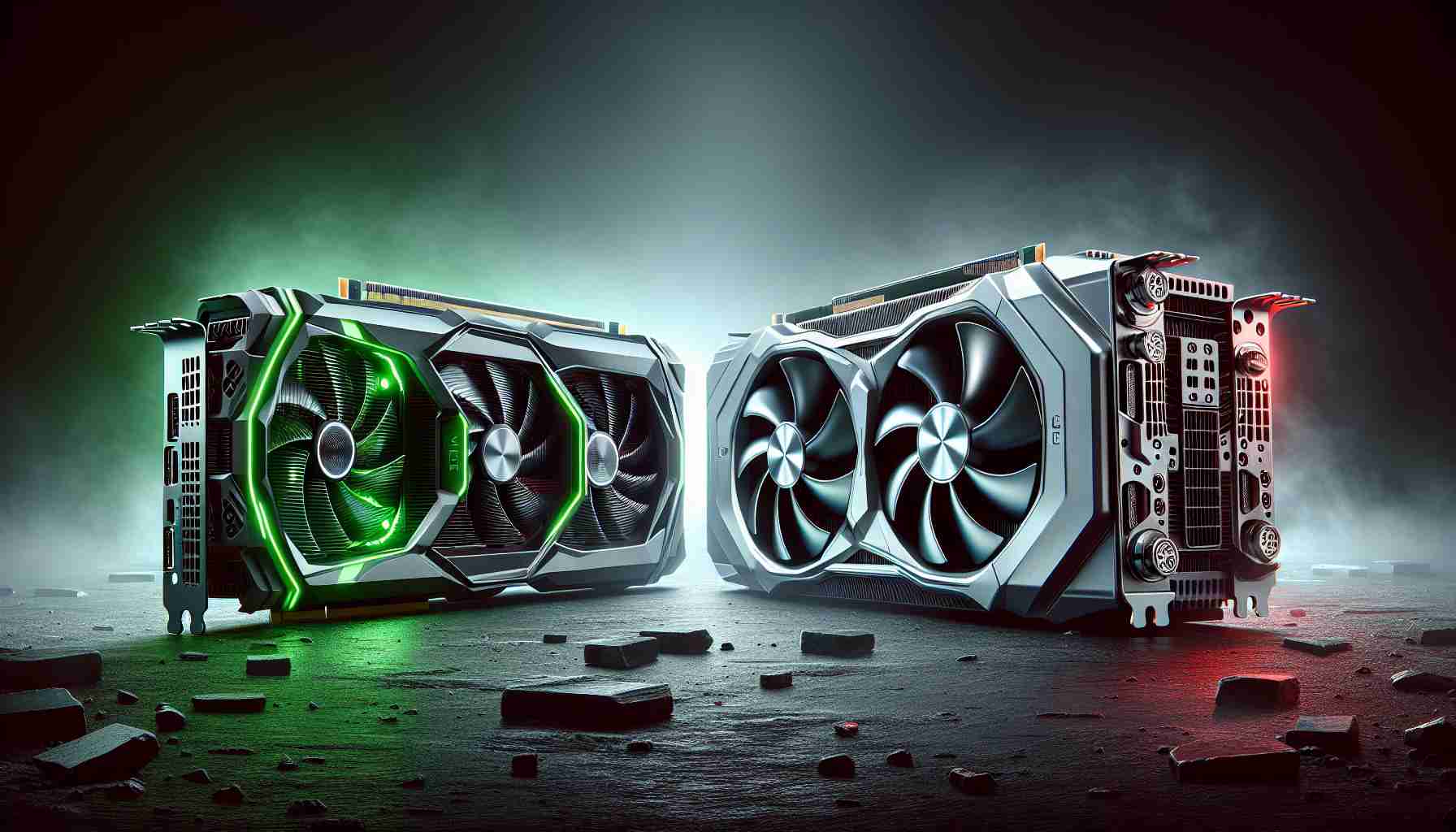Nvidia and AMD have recently launched their top-of-the-line graphics cards, the RTX 4080 Super and the RX 7900 XTX, respectively. These enthusiast-class GPUs are designed for power users who want to experience the best PC gaming performance, especially in 4K resolution, with the help of advanced AI upscaling technologies. In this article, we will compare the two cards based on their price, design, and performance.
Both the RTX 4080 Super and RX 7900 XTX offer exceptional performance and can be considered some of the best graphics cards ever made. However, they come with a hefty price tag. The RTX 4080 Super is priced at $999.99, the same as the RX 7900 XTX. While the RTX 4080 Super’s price drop from its original launch price is a blow to AMD, the RX 7900 XTX can often be found below MSRP from various partners. Therefore, in terms of pricing, it’s a tie between the two.
When it comes to design, Nvidia and AMD have taken different approaches. The RTX 4080 Super is a 3-slot GPU, measuring 11.9 x 5.3 inches, while the RX 7900 XTX is a sleeker 2.5-slot graphics card, measuring 11.2 x 4.3 inches. Nvidia has also opted for a proprietary 16-pin power connector, while AMD uses 2x 8-pin PCIe connectors. The technical specifications of the two cards also differ, with the RTX 4080 Super featuring 10,240 CUDA cores and 16GB of GDDR6X memory, and the RX 7900 XTX featuring 6,144 stream processors and 24GB of GDDR6 VRAM.
In terms of performance, both cards deliver impressive results in synthetic benchmarks. The RTX 4080 Super holds its own against the RX 7900 XTX in most tests, but each card has its strengths in specific benchmarks. When it comes to creative performance, the RTX 4080 Super excels, while the RX 7900 XTX struggles in certain workloads. In 4K gaming, the RTX 4080 Super delivers high average frame rates in demanding games like Cyberpunk 2077, especially when utilizing DLSS technology.
In conclusion, the Nvidia RTX 4080 Super and AMD RX 7900 XTX are both top-tier graphics cards that offer exceptional performance. The choice between the two ultimately depends on the user’s specific needs and preferences. Whether you prioritize price, design, or performance, both cards have their advantages. It’s best to thoroughly research and compare the two before making a decision.
FAQ Section:
1. What are the top-of-the-line graphics cards recently launched by Nvidia and AMD?
– Nvidia launched the RTX 4080 Super.
– AMD launched the RX 7900 XTX.
2. Who are these graphics cards designed for?
– These graphics cards are designed for power users who want the best PC gaming performance, especially in 4K resolution, with the help of advanced AI upscaling technologies.
3. What factors are compared in this article?
– The article compares the price, design, and performance of the two graphics cards.
4. How much do the RTX 4080 Super and RX 7900 XTX cost?
– Both graphics cards are priced at $999.99.
5. How does the design of the two graphics cards differ?
– The RTX 4080 Super is a 3-slot GPU measuring 11.9 x 5.3 inches.
– The RX 7900 XTX is a sleeker 2.5-slot graphics card measuring 11.2 x 4.3 inches.
– Nvidia uses a proprietary 16-pin power connector, while AMD uses 2x 8-pin PCIe connectors.
6. What are the technical specifications of the two graphics cards?
– The RTX 4080 Super features 10,240 CUDA cores and 16GB of GDDR6X memory.
– The RX 7900 XTX features 6,144 stream processors and 24GB of GDDR6 VRAM.
7. How do the two graphics cards perform in benchmarks?
– Both graphics cards deliver impressive results in synthetic benchmarks.
– The RTX 4080 Super excels in creative performance, while the RX 7900 XTX struggles in certain workloads.
– In 4K gaming, the RTX 4080 Super delivers high average frame rates, particularly with DLSS technology.
8. Which graphics card is better?
– The choice between the two graphics cards depends on the user’s specific needs and preferences.
– Both cards have their advantages in terms of price, design, and performance.
– Thorough research and comparison are recommended before making a decision.
Key Terms/Jargon Definitions:
– GPU: Graphics Processing Unit. It is a specialized electronic circuit that accelerates the creation and rendering of images, videos, and animations.
– MSRP: Manufacturer’s Suggested Retail Price. It is the price recommended by the manufacturer as the selling price for a product.
– GDDR6X Memory/VRAM: Graphics Double Data Rate 6X memory or Video Random Access Memory. It is a type of high-performance memory used in graphics cards.
– CUDA Cores: NVIDIA’s parallel computing architecture. CUDA cores handle tasks related to rendering graphics, physics simulations, and AI processing.
– Stream Processors: AMD’s equivalent of CUDA cores. They perform parallel tasks and are responsible for processing graphics and other calculations.
– DLSS: Deep Learning Super Sampling. It is an AI-powered technique used to upscale lower-resolution images to higher resolution, resulting in improved graphics quality.

